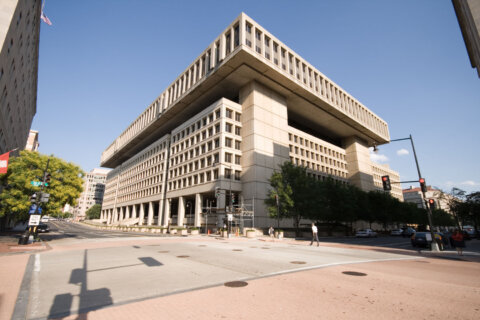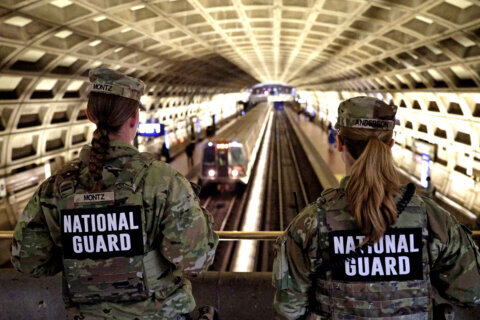District residents who receive government assistance to buy groceries will see a boost in benefits after the D.C. Council said it expects to spend $40 million in excess revenue in 2024 to help low-income families.
D.C. will boost SNAP (Supplemental Nutrition Assistance Program) benefits by 10% between January and September of 2024 to help the city’s more than 145,000 recipients feed their families.
At-Large Council member Christina Henderson spearheaded the proposed legislation — Give SNAP A Raise — and brought it before the Council in 2022. The bill became law in March and will go into effect next year.
The boost is temporary but it will add another $20 million in direct cash assistance to workers who were unable to qualify for federal unemployment and were not given federal pandemic aid.
“The question then is: Are we going to be able to find permanent funding to be able to maintain this increase in perpetuity?” Henderson told WTOP.
She noted that the good news came as a surprise, saying that the economic outlook for D.C. regarding commercial real estate and the return of federal workers for the coming years was still up in the air.
“[It] gives me some hope about how the economy is shaping out. We still have a lot of work to do here in the District to get back to where we were pre-pandemic, but so far, it looks like we’re progressing in the right direction,” she said.
Henderson added that food insecurity and food access issues should be a main priority for all D.C. leaders. She highlighted the rise in property theft in the city that has had popular grocery stores, such as Giant, questioning if they’ll be able to stay in business in the District.
“We’re seeing increased rates of crime where people are doing what they call ‘smash and grabs’ at Target and other places,” said Henderson. “But in some cases, it’s folks who are grabbing food because they have no other way to survive, or no other way to feed their family.”
“By increasing SNAP benefits, we know that we can increase the purchasing power for individuals. And we know that plays a role in whether or not businesses, grocery stores, retailers, etc. decide to locate, physically, a presence in a certain community,” she added.









